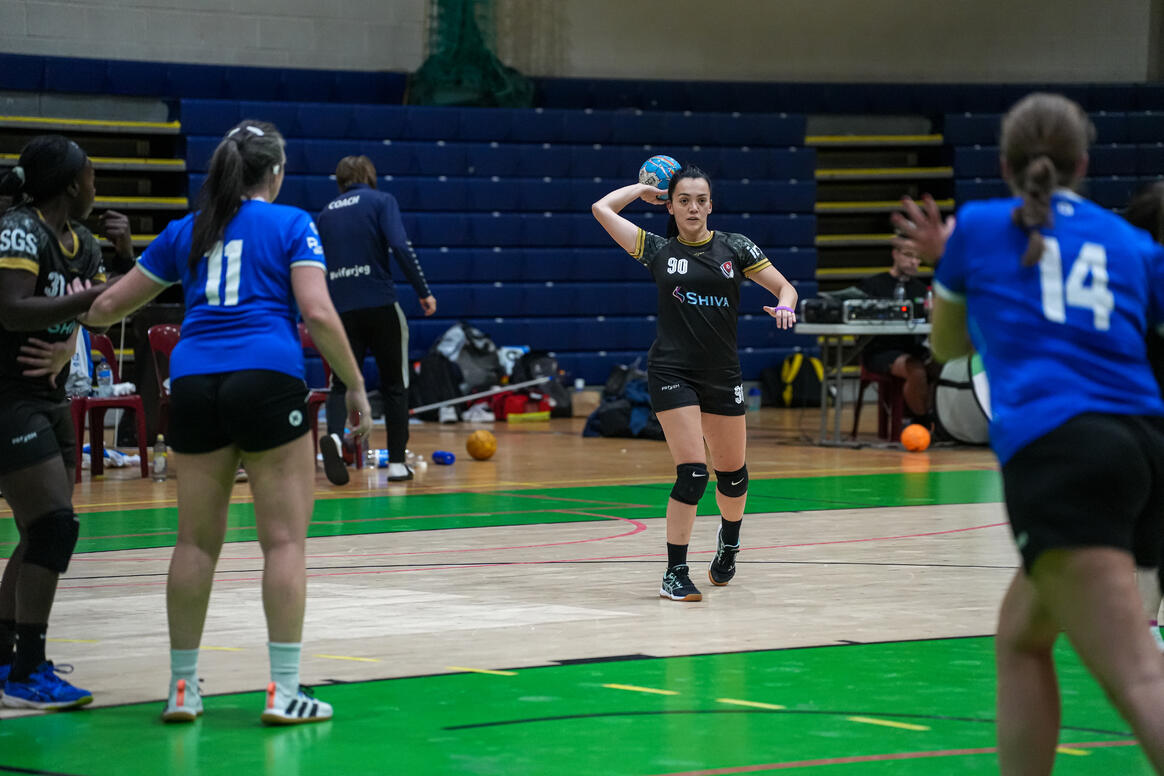What is Olympic Handball?

Fast-paced. Inclusive. International. Olympic Handball is one of the world’s most exciting team sports—easy to start, addictive to play, and incredible to watch.
A Sport Like No Other
Olympic Handball (often just “handball”) blends the best of basketball, football, and rugby into one action-packed game. Played indoors with two teams of seven, it’s all about speed, strategy, teamwork—and having fun.
Whether you’re after a new sport, looking to stay fit, or want to connect with an international community, handball welcomes players of all levels and backgrounds.
What is the History of Olympic Handball?
Handball’s roots trace back to late 19th-century northern Europe, particularly in Scandinavia and Germany. What began as a large-scale outdoor game with 11 players per side, known as “field handball,” gained traction in the early 1900s. The move indoors was pioneered in Sweden around 1910, where the game began evolving into its modern, fast-paced format.
From 1938 through the mid-1960s, both indoor and field handball were played at international level, including separate World Championships. Over time, the indoor version gained widespread popularity and ultimately became the standard, now played and celebrated across the globe.
How It Works
-
The Basics: Played on a 40m x 20m court with goals at either end. Each game lasts two 30-minute halves.
-
The Ball: Similar to a football in size, but players pass, dribble and shoot with their hands.
-
The Team: Six outfield players and a goalkeeper per team.

Key Rules of Olympic Handball
In handling the ball, players are subject to the following:
-
After receiving the ball, a player may hold it for up to three seconds before passing, dribbling, or shooting.
-
They can take up to three steps without dribbling.
-
Once a player begins to dribble (similar to a basketball bounce), they may take an additional three steps.
-
After stopping dribbling, they again have three seconds to pass or shoot, and may take three more steps during that time.
-
Only the defending goalkeeper may enter the goal area (6m line)—this zone is strictly off-limits to attackers.
-
Goalkeepers can move freely outside the goal area like any other player.
Handball: A Sport for Everyone
Handball isn’t just one game—it’s a global family of formats, adapted to suit every age, ability, and environment.
-
Beach Handball – Dive, spin, and shoot under the sun. A fast-paced version of the game that celebrates flair and freedom, perfect for summer fun.
-
Walking Handball – Handball at a gentler pace. This slower, low-impact adaptation is perfect for older adults or anyone returning to activity. Community, movement, and connection at the heart.
-
Kids Handball – From mini handball to full-court matches, we run school competitions and training programmes across Ireland to help children develop skills and confidence through play.
Olympic Handball in Ireland
We’re building a national movement—one player, one club, one match at a time. Join a local team, introduce handball to your school, or just show up and give it a go. You don’t need to be elite, just eager.





